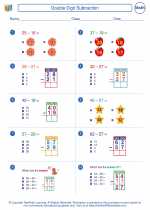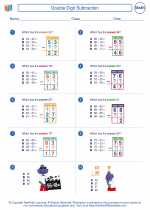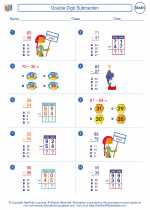Probability Rules
Probability is the likelihood of a particular event or outcome occurring. When working with probability, there are several important rules to keep in mind.
Rule 1: The Probability of an Event
The probability of an event, denoted by P(event), is a number between 0 and 1, where 0 indicates that the event is impossible and 1 indicates that the event is certain to occur.
Rule 2: Complement Rule
The complement of an event A, denoted by A', is the probability of event A not occurring. The complement rule states that P(A') = 1 - P(A).
Rule 3: Addition Rule for Mutually Exclusive Events
Two events are considered mutually exclusive if they cannot occur at the same time. The addition rule for mutually exclusive events states that the probability of either event A or event B occurring is given by P(A or B) = P(A) + P(B).
Rule 4: Addition Rule for Non-Mutually Exclusive Events
When dealing with events that are not mutually exclusive, the addition rule is modified to account for the overlap between the events. The probability of event A or event B occurring is given by P(A or B) = P(A) + P(B) - P(A and B).
Rule 5: Multiplication Rule for Independent Events
If two events A and B are independent (i.e., the occurrence of one event does not affect the occurrence of the other), then the probability of both events A and B occurring is given by P(A and B) = P(A) * P(B).
Rule 6: Multiplication Rule for Dependent Events
If two events A and B are dependent (i.e., the occurrence of one event affects the occurrence of the other), then the probability of both events A and B occurring is given by P(A and B) = P(A) * P(B|A), where P(B|A) is the conditional probability of event B given that event A has occurred.
Understanding and applying these probability rules can help in calculating the likelihood of various outcomes in real-world situations and in solving probability problems in mathematics.
.◂Math Worksheets and Study Guides Third Grade. Double Digit Subtraction

 Worksheet/Answer key
Worksheet/Answer key
 Worksheet/Answer key
Worksheet/Answer key
 Worksheet/Answer key
Worksheet/Answer key
 Worksheet/Answer key
Worksheet/Answer key
